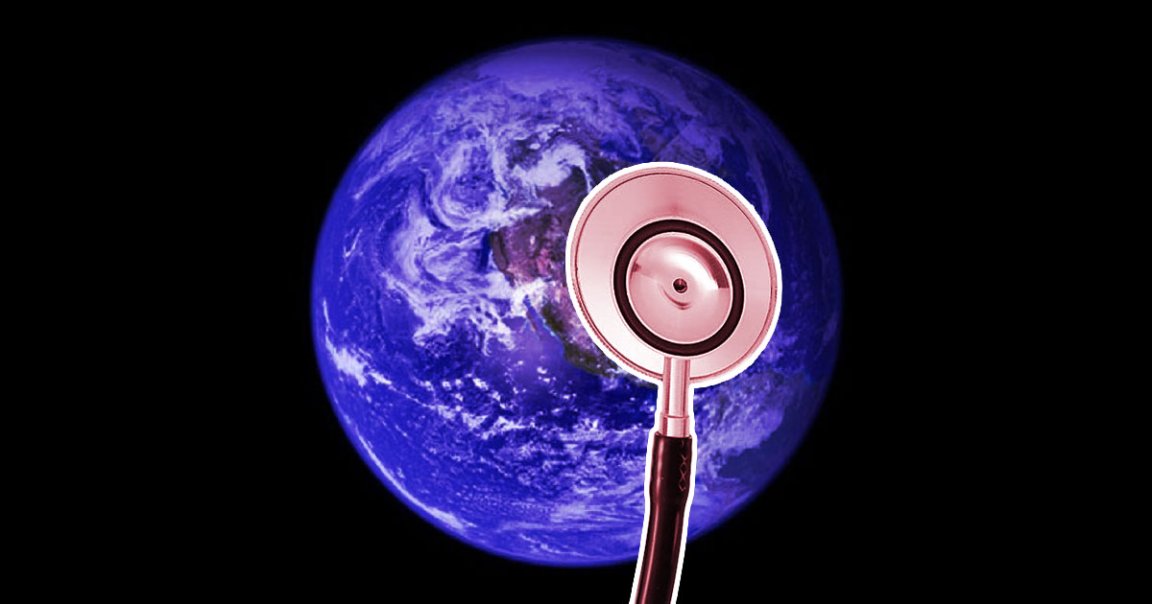
Bad Physical
Our planet just got a health check-up — and unfortunately, according to scientists, the results are pretty grim.
In a new study published in the journal Science Advances, an international team of researchers warns that several of Earth’s vital life-supporting systems — or “planetary boundaries” — have been breached, meaning that our Pale Blue Dot is “well outside the safe operating space for humanity.”
Defined by the Stockholm University Resilience Centre as the margins “within which humanity can continue to develop and thrive,” these nine boundaries are designed to offer researchers a way to test our planet’s overall health and resilience and include categories like biosphere integrity, climate change, ocean acidification, and land-system change, among others.
Troublingly, after performing the “first scientific health check for the entire planet,” the team determined that six of these nine systemic categories have been broken by manmade pollution and demolition, leaving Earth — and the life that exists on it — in a precarious position.
“We know for certain that humanity can thrive under the conditions that have been here for 10,000 years,” Katherine Richardson, a professor at the University of Copenhagen and the leader of the assessment, told The Guardian. “We don’t know that we can thrive under major, dramatic alterations [and] humans impacts on the Earth system as a whole are increasing as we speak.”
Categorical Failure
According to the analysis, which took over 2,000 previous studies into account, some of Earth’s boundaries were breached quite a while ago.
The boundary of biosphere integrity, for example, which is considered a “core boundary” along with climate change, was broken back in the 1800s, while the healthy boundary for Earth’s freshwater systems was breached shortly thereafter in the early 1900s. The threshold for climate change, meanwhile, was crossed in the 1980s.
The most concerning finding? According to the assessment, all four categories dealing with the biological world were either at or close to the highest risk level.
But, if there’s any silver lining, our atmospheric ozone appears to still be hovering within healthy confines — a particularly hopeful finding, considering that our ozone was once at great risk of collapse and human efforts to reverse that damage have proven effective.
While it all sounds pretty doom and gloom, Richardson was careful to note to The Guardian that the study results don’t necessarily mean we’re going under.
It doesn’t “indicate a certain heart attack,” she said, comparing our home planet to a human with high blood pressure, “but it does greatly raise the risk.”
And lowering that risk, of course, will require human action.
More on Earth: The Death Toll From Climate Change Will Be Catastrophic, Scientists Say